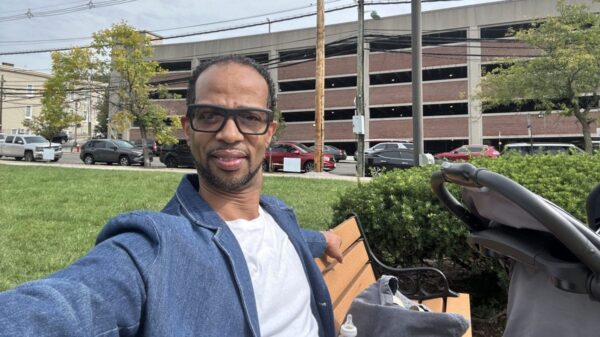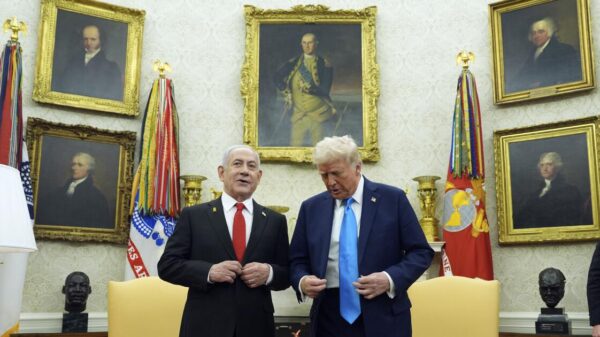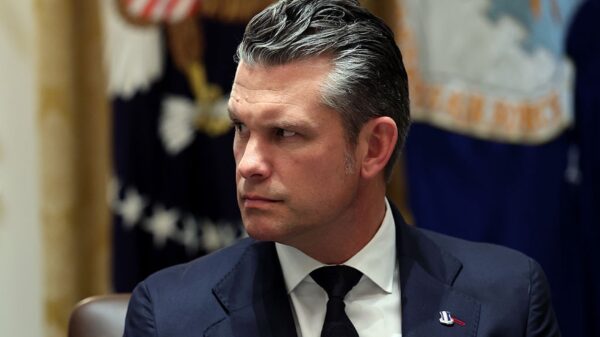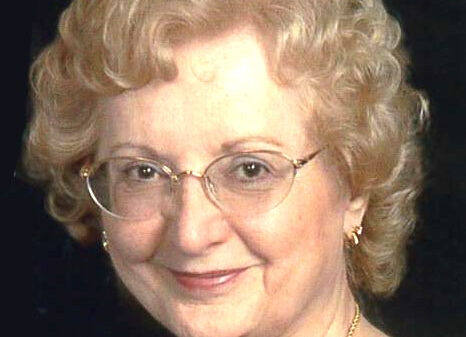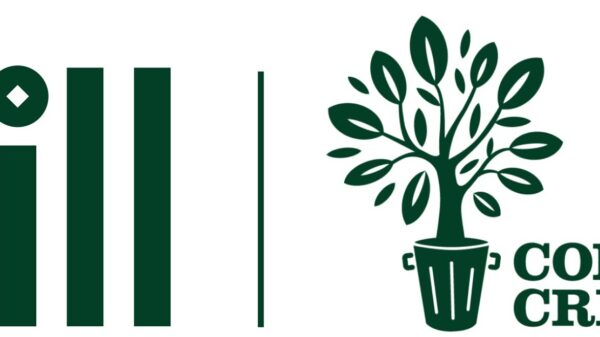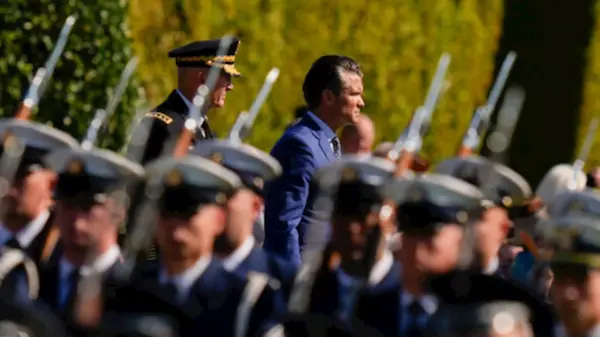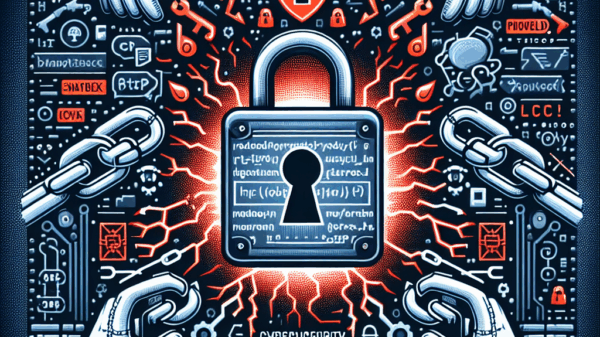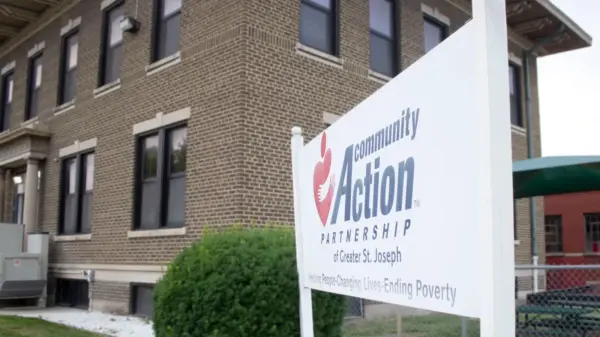The landscape of Jewish philanthropy has shifted significantly since the Hamas attacks on October 7, 2023. In the immediate aftermath, a remarkable surge of generosity saw hundreds of millions of dollars raised in just days for Israel’s defense and recovery efforts. Donors acted swiftly and passionately, driven by a sense of urgency. However, as time has passed, the focus of giving has diversified, presenting new challenges for the Jewish community.
Jack Wertheimer, a noted Jewish historian, recently reflected on the current state of philanthropic efforts. He pointed out that while the impulse to give remains strong, it has become fragmented. Some donors continue to prioritize Israel’s recovery, while others are increasingly directing their contributions towards combating antisemitism in America or enhancing Jewish education and community initiatives domestically. Each of these causes holds significant importance, yet this diversification has created gaps in support for essential institutions that sustain Jewish life over the long term, such as day schools, camps, and cultural organizations.
According to a study by CCS Fundraising, a prominent consulting firm working with Jewish nonprofits, many organizations have retained the new donors who emerged after the crisis. Nonetheless, a substantial portion of ongoing contributions continues to flow primarily towards Israel-related and security initiatives. The pressing challenge now is to ensure that local institutions, educators, and community professionals do not get overlooked, as their roles are equally vital for the survival of Jewish culture.
The mechanisms of giving have also evolved. Philanthropy is becoming less centralized, with national organizations that once dominated Jewish giving now facing competition from online campaigns, pop-up funds, and influencer-driven initiatives. While this shift towards democratization has allowed smaller causes to reach new audiences, it has also raised concerns about potential duplication of efforts and a lack of cohesive strategy.
Notably, a small group of mega-donors is increasingly influencing philanthropic agendas, often aligning them with personal interests rather than communal needs. This trend has resulted in a vibrant but fragmented philanthropic landscape. Analysts observe that these changes reflect broader patterns in the nonprofit sector, where donors seek tangible impacts, transparency, and narratives that connect emotional engagement to real results.
Younger donors, in particular, are changing the giving culture. They prefer to support projects that resonate with their personal values and demonstrate measurable change, rather than contributing to established institutions. Organizations that fail to adapt to this new culture of engagement may struggle to maintain support as the immediacy of crises wanes.
The looming issue of donor fatigue is also a concern. Emergency appeals cannot sustain themselves indefinitely, and the challenge now is to convert that spontaneous generosity into lasting commitment. It is essential to remind donors of the importance of Jewish institutions during ordinary times, not just in moments of crisis.
Moving forward, collaboration emerges as a key strategy. Building connections between large and small donors, as well as fostering relationships between Israel and the diaspora, legacy institutions and grassroots initiatives, will be crucial. Philanthropy should be viewed not merely as an act of charity, but as a strategic investment in continuity, education, and community strength.
The spirit of giving that surged from tragedy must now serve as a foundation for renewal. If the Jewish community can channel its passion into purpose, the generosity sparked by recent events can help forge a more connected and resilient future.



